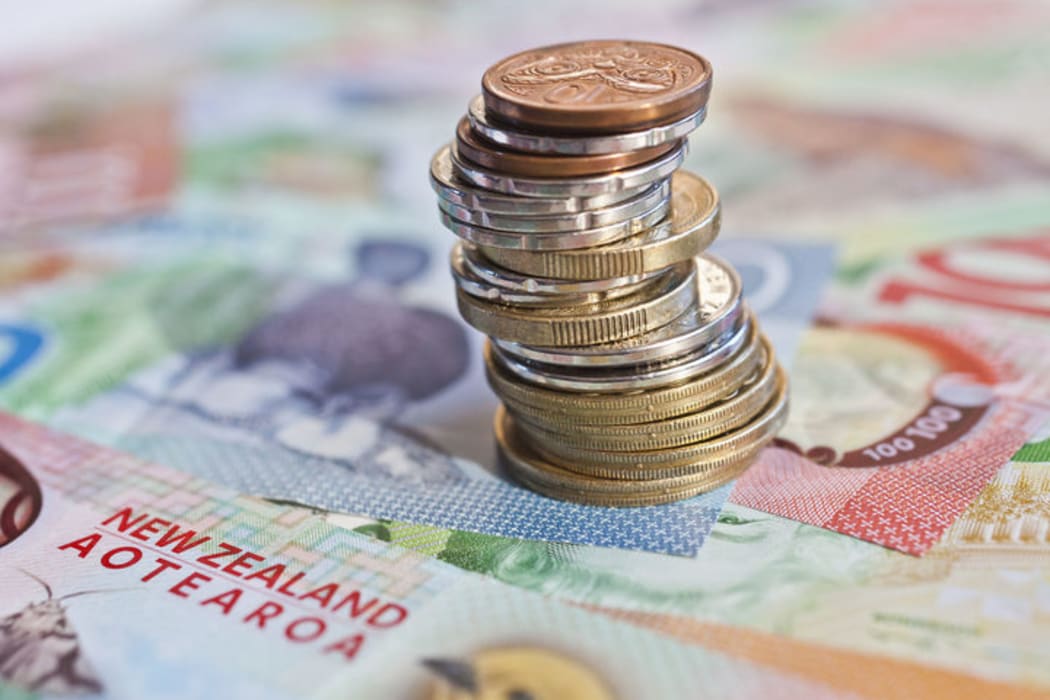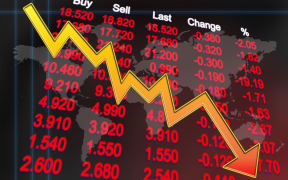Consumer prices rose less than expected in the first three months of the year, sending the New Zealand dollar tumbling and raising the chances of a cut in interest rates.

The consumer price index for the latest quarter rose 0.1 percent on the three months. Photo: 123RF
The consumer price index (CPI) rose 0.1 percent in the three months to March, the same as the previous quarter.
The annual inflation rate fell to 1.5 percent from 1.9 percent at the end of last year.
A lift in the tax on cigarettes and food prices were the main reasons for the lift, offsetting cheaper petrol and international air fares.
"The average price of a pack of 25 cigarettes was $37.48 in March, up from $34.57 in December ," Stats NZ prices senior manager Paul Pascoe said.
A single cigarette now costs $1.15, three times the cost of 10 years ago.
Fresh fruit and vegetable prices remained volatile, rising more than 5 percent for the quarter.
The numbers were softer than expected and took the annual inflation rate further below the Reserve Bank's 2 percent target point.
The cost of running a house was the other main inflationary influence, with rents and energy driving up the costs. However, appliances, furniture and electronic goods were cheaper reflecting retailers discounting prices, and a higher dollar making imports cheaper.
But there are domestic inflation pressures. The so-called "non-tradable items", such as rents, insurance, building costs, and goods and services that do not face overseas competition, increased at the fastest rate in more than four years. Tradable items, which include imported goods, fell in price.
Recent surveys have highlighted that retailers are struggling to pass on higher costs so they can maintain sales and market share, but at the cost of their profits.
The Reserve Bank (RBNZ) would normally discount such things as tax rises and volatile petrol prices, which have started to rise again in line with higher world prices.
Pressure for interest rate cut
Pressure has been increasing on the RBNZ to cut its official cash rate (OCR) to counter weak inflation and give a slowing economy a shot in the arm.
The OCR has been on hold at 1.75 pct since late 2016, and in its last statement in mid-March it said the next move was more likely to be a cut.
ASB chief economist Nick Tuffley said a weaker economy would likely keep a lid on inflation pressures and that raised the chances for the RBNZ to cut rates.
"We expect the RBNZ to concur with our view and cut the OCR by half a percentage point by the end of 2019."
Expectations have been rising that the bank will cut the rate twice this year - the first next month and another in August, which would take the rate to 1.25 pct, which would probably flow through to cheaper borrowing costs.
The New Zealand dollar initially fell about a cent to 66.7 US cents after the numbers, but recovered slightly to settle around 67 cents.





